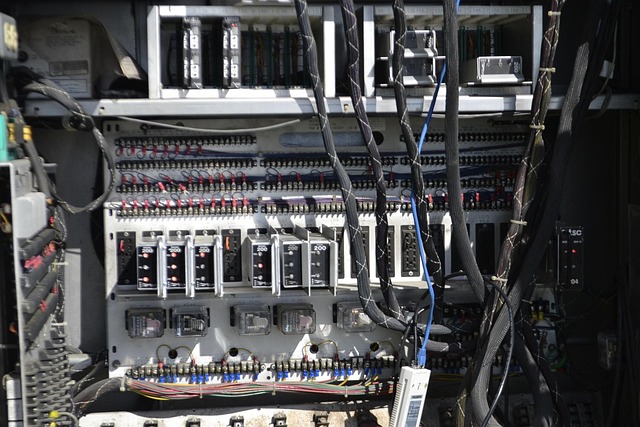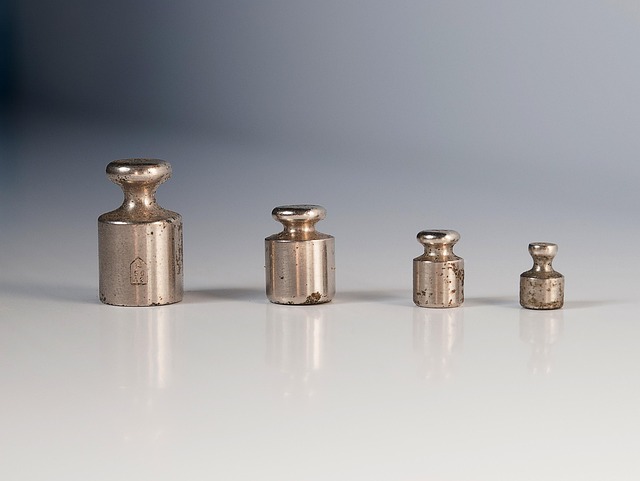Boost Performance with Image Refresh: A Hardver Guide
In the fast-paced world of hardware, maximizing performance is always top of mind. Whether you’re a seasoned tech enthusiast or just diving into the realm of hardware optimization, the concept of image refresh can be a game-changer in breathing new life into your devices.
What is Image Refresh?
Image refresh refers to the process of reinstalling or updating the firmware or operating system image on a hardware component or device. This procedure ensures that the hardware runs on the latest, most optimized version of its software environment. Contrary to just updating drivers or installing patches, an image refresh often involves wiping out previous software states and starting fresh, which can resolve persistent glitches, improve efficiency, and unlock enhanced features.
Why Should You Care About Image Refresh?
Over time, hardware performance can degrade due to software clutter, conflicts, or outdated system files. Think about your computer or embedded system struggling after years of use — sometimes, a simple restart isn’t enough. Here’s where the power of image refresh shines.
- Enhanced Efficiency: A freshly installed image eliminates unnecessary processes and bloat.
- Improved Stability: Clears corrupt files or misconfigurations causing crashes or slowdowns.
- Security Boost: Updates to the system image usually come with patches that fix vulnerabilities, protecting your hardware against exploits.
- Optimized Hardware Utilization: Newer images often include drivers and software tweaks tailored to the hardware’s full capability.
How to Perform an Image Refresh
Diving into a hardware image refresh might sound intimidating, but it’s often straightforward with the right tools and knowledge. Steps generally include:
- Backup Your Data: Always safeguard your essential files and configurations.
- Obtain the Correct Image: Download the official or recommended image version compatible with your hardware.
- Prepare a Bootable Medium: Use USB, CD, or other media to host the image install tool.
- Execute the Refresh: Boot your device from the prepared media and follow on-screen instructions to overwrite the existing software environment.
- Verify and Restore: After completion, verify hardware function, then restore your backed-up data as needed.
Before beginning, consult hardware documentation or community forums dedicated to your device for model-specific advice. Many manufacturers provide automated tools that simplify image refresh, guiding you flawlessly through the process.
When to Consider Image Refresh?
It’s not always necessary to refresh your hardware image regularly. However, consider it in situations like:
- Experiencing unexplained performance drops.
- Recurring system errors or crashes.
- After major firmware or OS upgrades with compatibility challenges.
- Preparing hardware for resale or repurposing.
Wrapping Up
In the hardware world, image refresh isn’t just a maintenance task — it’s a powerful way to rejuvenate your devices and unleash their full potential. Embracing this practice helps you stay ahead in performance and reliability, ensuring your hardware continues to perform smoothly for the long haul.




